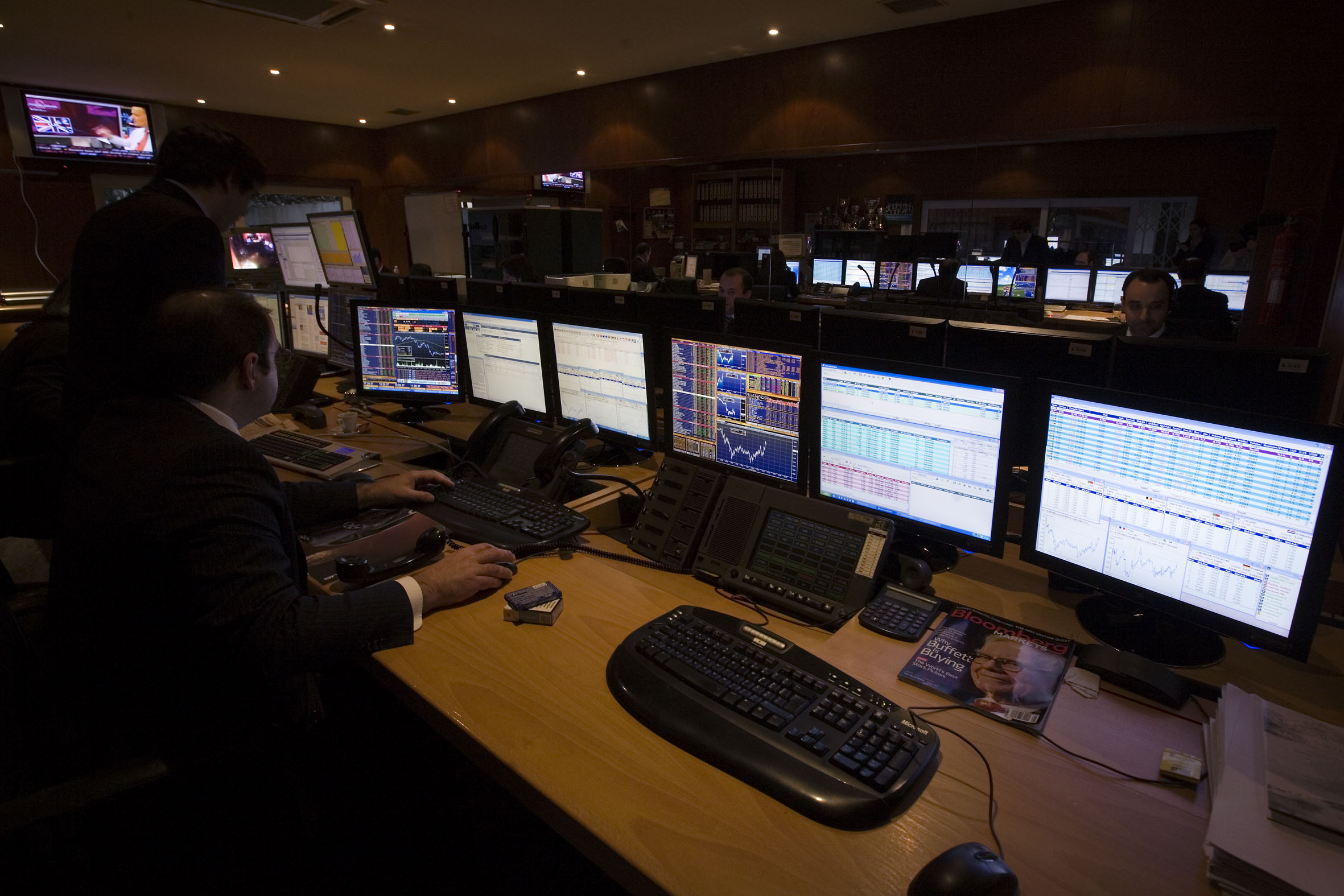After Reg NMS was born and gave birth to dozens of public and private stocks exchange, derivatives were still traded among a handful of venues. But then in the shadows of the 2007 financial crisis, new exchanges looking to grab options market share sprang up. Let’s take a look at the birth of fragmentation – in the options market – which is still going strong today.
SPONSORED BY INSTINET
This article originally appeared in the May 2008 issue of Traders Magazine
By Peter Chapman
With Nasdaq's recent announcement that it planned to launch a third options exchange, the number of options exchanges could climb from nine to 12 this year. That has some brokers grumbling.
"Now we have nine exchanges," Jon Werts, head of broker-dealer execution services at Bank of America Merrill Lynch, said at the annual conference of the New York chapter of the Security Traders Association. "Some would argue the industry doesn't need that many. I would be one of them."
Nasdaq put out a statement saying its new exchange would "complement" its existing exchanges-Nasdaq OMX Phlx and the Nasdaq Options Market-and that the exchange operator's intention was to "offer innovative market structure that improves the quality of the market place."
If they did, there would be 12 options exchanges operating in the U.S., up from six in 2007. Nasdaq would operate three. The ISE, NYSE Euronext and the Chicago Board Options Exchange would each operate two. BATS Global Markets, Miami and the Boston Options Exchange would each have one.
The exchange operators argue there is a need for new exchanges in order to cater to different constituents with differentiated allocation structures and pricing. The brokers, however, especially the larger ones, argue the costs outweigh the benefits.
Because they must connect to all of the exchanges, they face increasing costs for technology and compliance. Also, as more exchanges sprout, liquidity becomes fragmented.
"My technology budget now runs into the nine figures," Gene Choe, in charge of sales of equities and derivatives products in Credit Suisse's Advanced Execution Services group, said at the STANY conference. "There's no need for a 10th or 11th exchange. At some point, somebody has to say enough is enough."
Nasdaq and Miami would not comment. An ISE spokesperson said that "in bringing forward a second exchange, ISE would seek to provide as many opportunities as is possible for members to reuse their existing connectivity."














